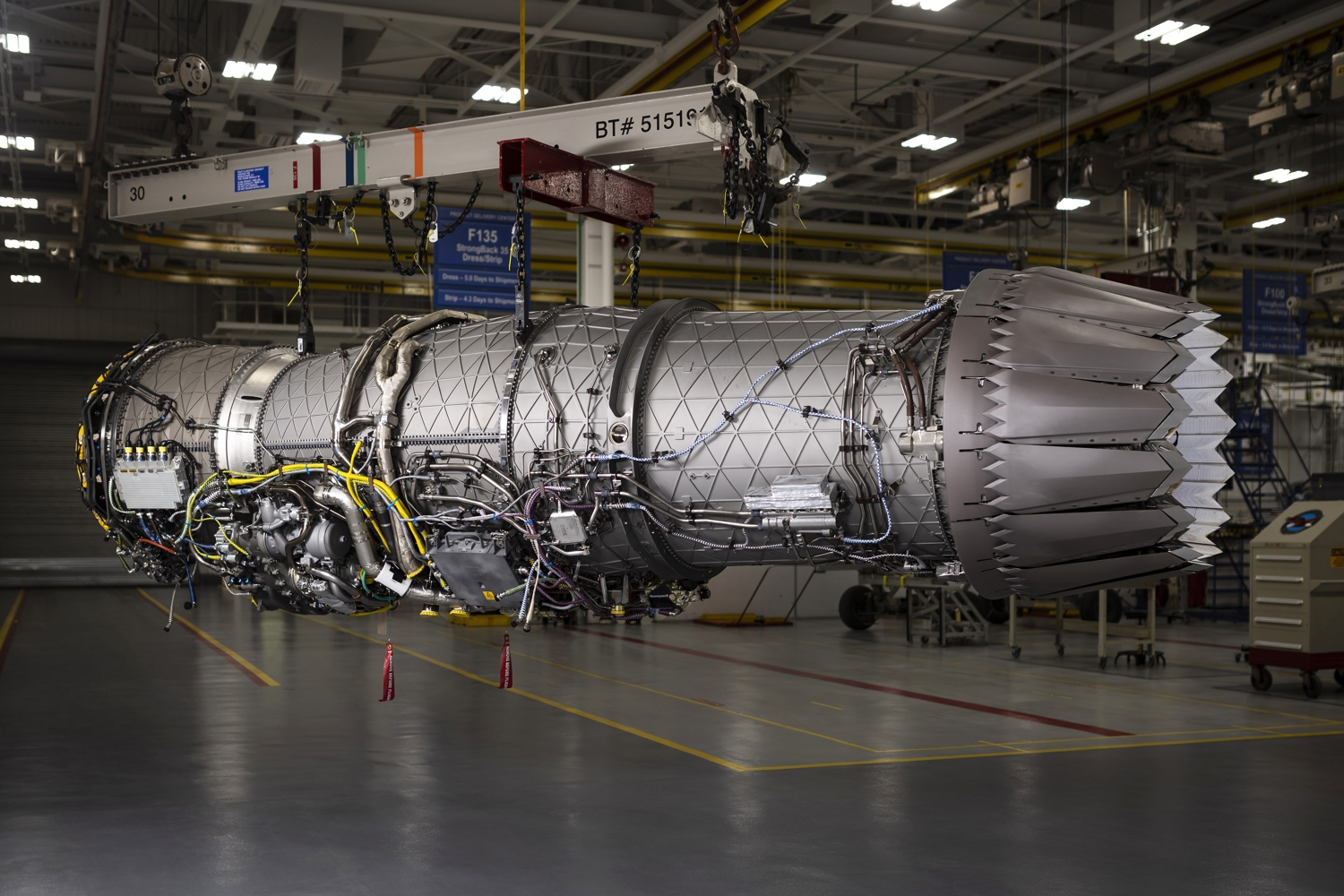US advances defence against hypersonic missiles
The US has conducted a test engagement against a hypersonic missile using the Aegis air defence system in a test called Stellar Banshee, according to a 25th March press release from the Missile Defence Agency.
During the tests, which were conducted off the coast of Hawaii in the Pacific Missile Range, the USS Pinckney detected, tracked, and carried out a simulated engagement against a manoeuvring hypersonic missile. The crew employed the Sea-Based Terminal Intercept (SBT) Increment 3 capability, which is embedded in the latest Aegis software baseline and designed to enable engagements against manoeuvring hypersonic targets.
The test was conducted against an air-launched Medium Range Ballistic Missile (MRBM) with a Hypersonic Target Vehicle (HTV) – 1 front end. The HTV has been developed by the Missile Defense Agency to help US forces test their abilities to detect and defeat hypersonic threats.
Overall, Stellar Banshee performed two important roles: It allowed the US to test its space-based detection systems, as well as the ability to pass that targeting data to the Aegis baseline 9 weapon system onboard the USS Pinckney in time for the crew to simulate an engagement. Secondly, it de-risked the planned live fire interception test, which is scheduled for 2026.
Efforts have been underway for some time to improve the ability of the Aegis system to intercept ballistic and hypersonic missiles in the terminal phase of their attack. SBT essentially refers to the programme that brought the Standard Missile 6 (SM-6) into service. Increment 1 of the missile became known as SM-6 Dual I, and it successfully intercepted a short-range ballistic missile (range less than 1,000 km) in its terminal phase in 2015.
Increment 2 is not entirely clear, although it may refer to the SM-6’s ability to engage ships and surface targets. In 2021, the missile failed to satisfactorily meet its test requirements against an MRBM (1,000 – 3,000 km). However, a successful test was conducted in 2023. During that test, the Arleigh Burke-class USS Daniel Inouye fired a salvo of two SM-6 Dual II missiles with software upgrades to intercept a target missile launched from Hawaii.
This test was connected to Increment 3 it seems, and paved the way for the test of the detection and engagement capabilities against the HVT. The Missile Defense Agency indicated in 2021 that it believed existing capabilities could be modified to engage some hypersonic threats. This latest test indicates the progress made in that regard.
Calibre comment
US vessels have already deflected attacks from ballistic missiles in the Red Sea. So the urgency to develop specific counters that can intercept a missile in its terminal phase, which is generally the last opportunity to engage a ballistic missile, are not without cause. The hypersonic threat, however, is more difficult to tie down. China employs the DF-17 with a hypersonic glide vehicle that appears capable of engaging ships and land-based targets, and Russia’s 3M22 Zircon is specifically designed to engage ships at hypersonic speeds. However, as analysts are beginning to note, advanced ballistic missiles are often as capable as hypersonic missiles conceptually are. In many cases, ballistic missiles are operationally proven, whereas hypersonic missiles are not.
To some, this has led to too much focus on hypersonics, when the ballistic missile threat is as great. Regardless, the collaborative engagement capability that Aegis combined with the US Army’s IBCS and space-based sensors have demonstrated are a viable defence against many different missile threats. There have been physical adaptations to the SM-6 and sensor infrastructure, but other improvements have come through software updates, which is a good demonstration of the software-defined approach that is gaining ground in defence.
By Sam Cranny-Evans, published on 26th March 2025.

Sign Up for Updates!
Get insider news, tips, and updates. No spam, just the good stuff!





